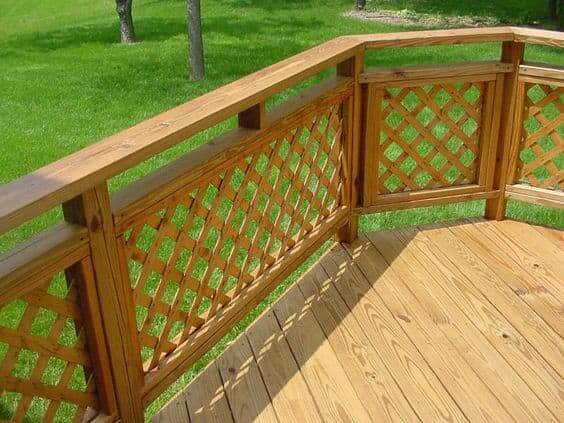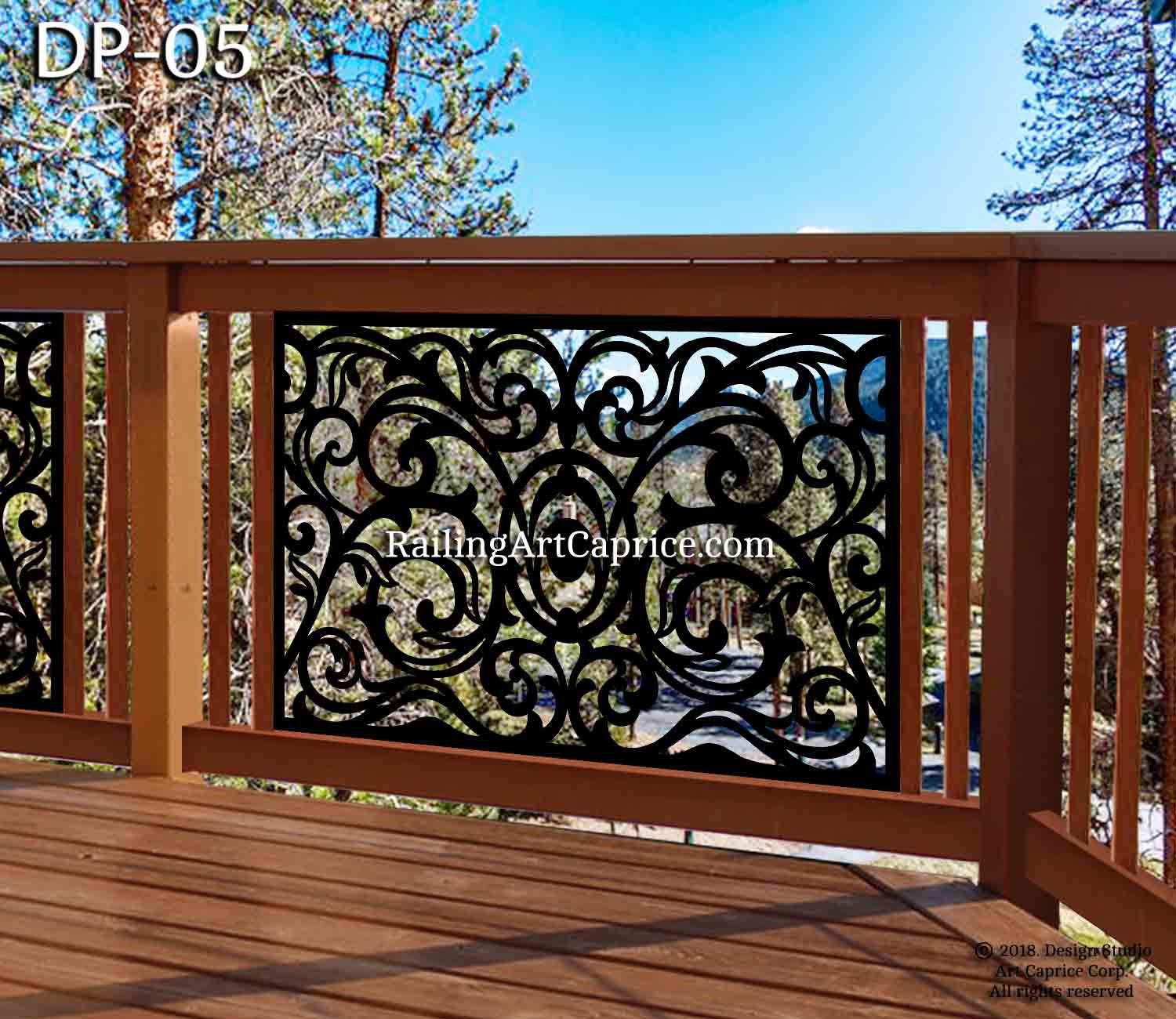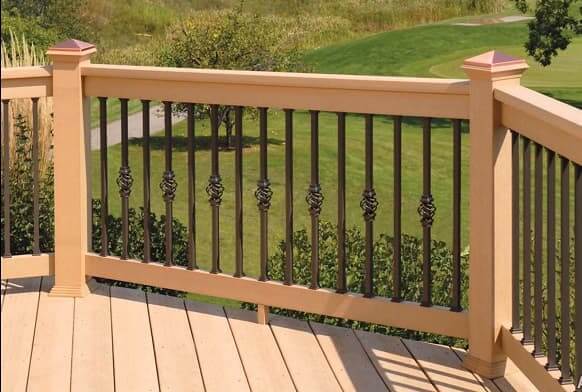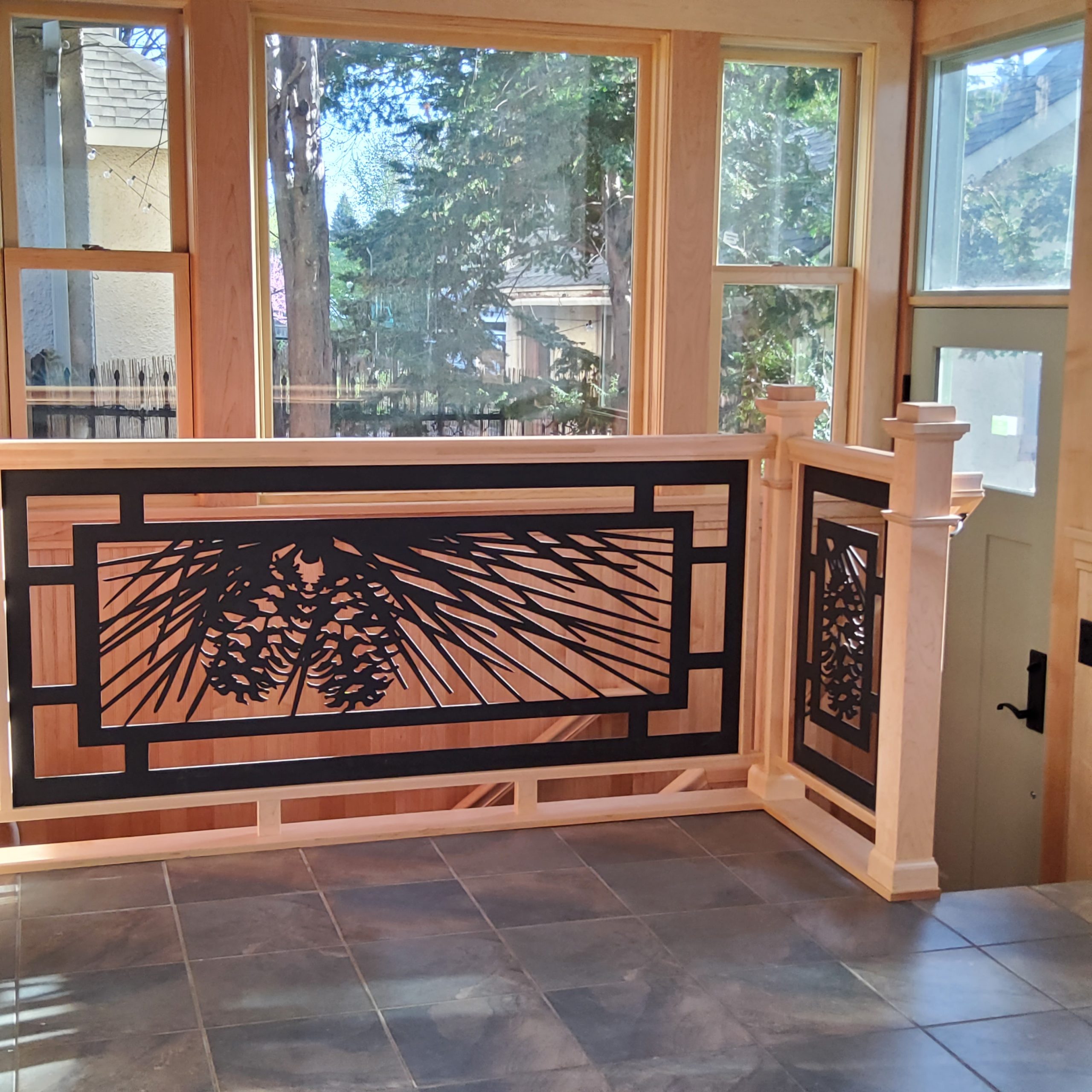When it comes to enhancing the aesthetic and functional aspects of your outdoor space, decorative deck railing can make a significant impact. Having recently renovated my own deck, I can personally attest to how the right railing choice not only complements your deck design but also elevates the overall charm of your home. In this comprehensive guide, we’ll explore everything you need to know about decorative deck railing—from styles and materials to installation tips and maintenance. So, let’s dive in!
What is Decorative Deck Railing?
Decorative deck railing is more than just a safety feature; it adds character and style to your outdoor area. It’s typically installed along the edges of decks, stairways, and balconies to provide safety while enhancing the visual appeal. With a variety of materials, colors, and styles available, it’s easy to customize your deck railing to match your home’s architecture and your personal taste.
Key Benefits of Decorative Deck Railing
- Aesthetic Value: Enhances the visual appeal of your deck.
- Safety: Provides a secure barrier for children and pets.
- Privacy: Offers a degree of privacy without sacrificing light and airflow.
- Value Addition: Improves your home’s resale value.
Types of Decorative Deck Railings
Choosing the right type of decorative deck railing is crucial for achieving your desired look and functionality. Below, I outline some of the most popular types available.
1. Wood Railings
Wood railings bring a classic and warm feel to your deck. They can be stained or painted to match your personal style.

Pros:
- Natural appearance
- Customizable
Cons:
- Requires regular maintenance (painting, staining, sealing)
- Susceptible to rot and pests

2. Vinyl Railings
Vinyl railings are low-maintenance and available in various colors and styles. They mimic the look of wood without the upkeep.
Pros:
- Durable and weather resistant
- No painting or staining needed

Cons:
- Less customizable than wood
- Can become brittle in extreme cold
3. Metal Railings
Metal railings, including aluminum and wrought iron, provide a modern aesthetic and are highly durable.

Pros:
- Very strong and secure
- Resistant to rust and fading
Cons:
- Can be more expensive
- May require a professional for installation

4. Composite Railings
Composite railings combine materials to offer the look of wood with the durability of vinyl.
Pros:
- Low maintenance
- Available in various styles and colors

Cons:
- Can be pricey compared to wood and vinyl
- Limited color options compared to pure vinyl
Comparing Deck Railing Materials
| Material | Pros | Cons | Cost |
|---|---|---|---|
| Wood | Natural look, customizable | High maintenance, rot risk | $ |
| Vinyl | Low maintenance, weather resistant | Less customizable | $$ |
| Metal | Strong, rust-resistant | Expensive, installation required | $$$ |
| Composite | Low maintenance, stylish | Costly, limited colors | $$$ |

Design Ideas for Decorative Deck Railing
Now that we’ve covered the basics, let’s explore some creative design ideas to inspire your decorative deck railing project.
1. Modern Minimalism
If you prefer clean lines and a contemporary look, consider a glass railing with a minimalist frame. This design enhances views while adding a touch of elegance.
2. Rustic Charm
For a cozy, rustic feel, opt for wood railings with a natural finish. Incorporate wrought iron accents for added character.
3. Colorful Coating
Don’t shy away from color! Opt for painted railings in bold hues like navy blue or forest green to create a standout feature on your deck.
4. Decorative Elements
Add some decorative elements such as planters or climbing vines along the railing to create a more inviting and lively space.
Installation Tips for Decorative Deck Railing
Proper installation is critical to ensure safety and longevity. Here are some essential tips based on my experience:
1. Check Local Building Codes
Before beginning, familiarize yourself with local building codes regarding railing height and spacing.
2. Measure Accurately
Take precise measurements of your deck to ensure you purchase the right amount of materials.
3. Use Quality Fasteners
Opt for galvanized or stainless steel fasteners to prevent rust and ensure the durability of your railing.
4. Pre-Drill Holes
Pre-drilling holes can help prevent wood from splitting, which is especially important with hardwood materials.
Maintenance of Decorative Deck Railing
Maintaining your decorative deck railing ensures its longevity and continued aesthetic appeal. Here are some maintenance tips I’ve found helpful:
1. Regular Cleaning
Use soap and water to clean your railings at least twice a year, avoiding harsh chemicals that can erode the material.
2. Inspect for Damage
Regularly check for signs of rotting, rust, or loose fittings, addressing any issues promptly to maintain safety.
3. Apply Protective Coatings
If you have wooden railings, ensure to reapply protective stains or sealants annually to prevent weather damage.
FAQs about Decorative Deck Railing
What is the best material for decorative deck railing?
The best material largely depends on your personal preferences and the environment. If you want a classic look, wood is an excellent choice. For low maintenance, consider vinyl or composite materials.
How much does decorative deck railing cost?
Cost can vary significantly based on the material chosen. On average, wood railings can start at $20 per linear foot, while metal and composite options may range from $30 to $70 per linear foot.
Can I install decorative deck railing myself?
Yes, many homeowners opt for DIY installation. Just ensure you follow local building codes and have the right tools and materials ready.
How do I choose the right color for my deck railing?
Consider the overall color scheme of your home and landscaping. Choose a color that complements the existing elements while reflecting your personal style.
Conclusion
Decorative deck railing is an essential feature that can dramatically transform your outdoor space. From enhancing your home’s aesthetic to providing safety and comfort, the right choice can make a lasting impression. Whether you opt for classic wood, low-maintenance vinyl, or modern metal, the possibilities are endless. I hope this guide helps you navigate the choices ahead and inspires you to create a beautiful and secure deck that you and your family will enjoy for years to come. Happy decorating!